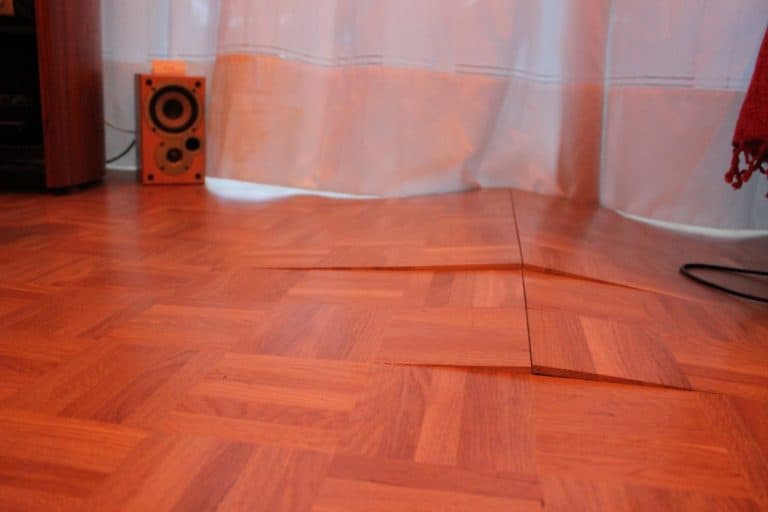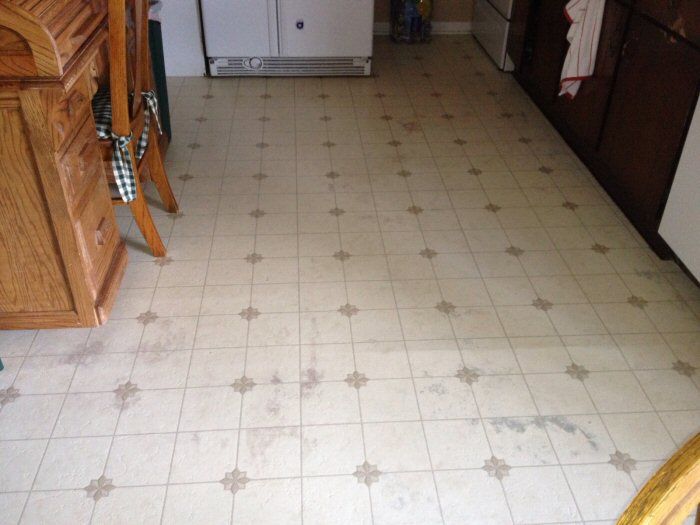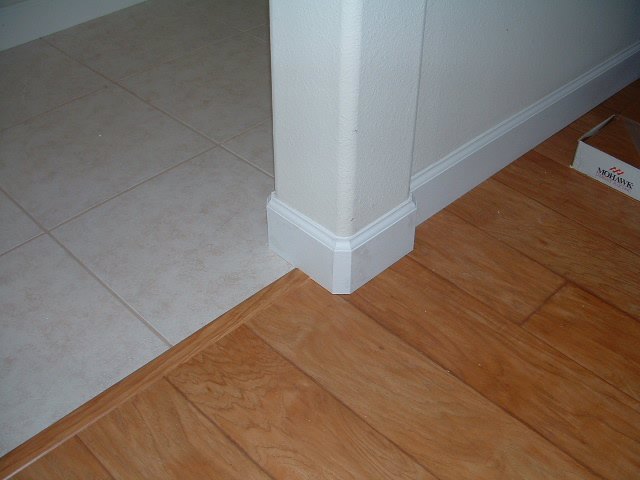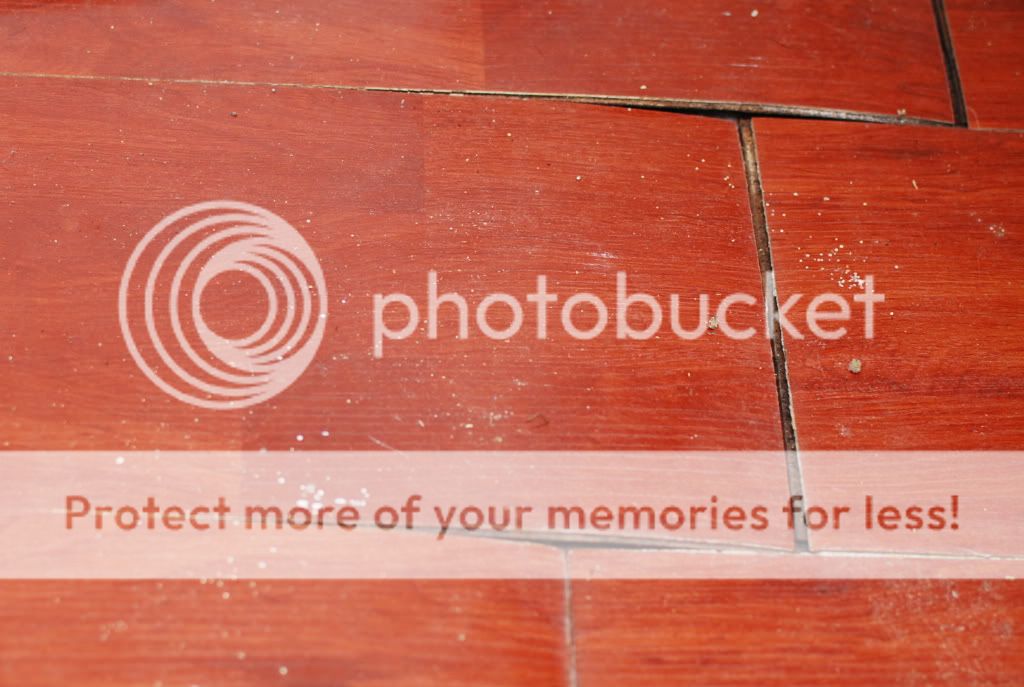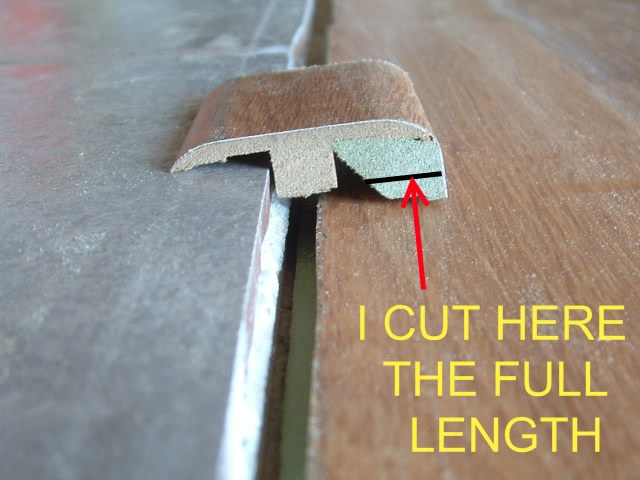Mold on laminate flooring requires prompt attention to prevent spreading and potential health risks. Start by identifying the source of moisture—leaks, spills, or high humidity—and fix it to avoid recurrence. Wear protective gloves and a mask to avoid inhaling spores. For surface mold, mix equal parts white vinegar and water in a spray bottle, lightly mist the area, and wipe with a microfiber cloth. Avoid soaking the floor, as excess moisture can damage laminate seams. For tougher cases, use a diluted bleach solution (1 cup bleach to 1 gallon water), but test it on a hidden area first to prevent discoloration.
For deeper mold growth between planks or under the flooring, more thorough cleaning is needed. Gently lift affected laminate planks if possible, using a putty knife to avoid damaging edges. Scrub the subfloor and plank undersides with a borax solution (1 cup borax per gallon of water), which kills mold without harsh fumes. Let the area dry completely before reinstalling planks. If mold persists, consider replacing severely damaged sections. A dehumidifier or fan speeds up drying and prevents future growth. Never use steam cleaners on laminate, as trapped moisture worsens mold problems.
Preventing mold on laminate flooring starts with regular maintenance. Wipe up spills immediately and use mats in high-moisture areas like kitchens and entryways. Maintain indoor humidity below 60% with air conditioners or dehumidifiers. Sweep or vacuum frequently to remove dirt that traps moisture. For added protection, apply a laminate-safe sealant to seams, but avoid wax or oil-based products that create slippery residues. Ensure proper ventilation in bathrooms and basements where laminate is installed. These habits reduce the risk of mold while preserving your floor’s appearance and longevity.
For stubborn mold stains, specialized cleaners can help without damaging the laminate’s finish. Look for pH-neutral, non-abrasive mold removers labeled safe for laminate flooring. Apply the cleaner as directed, then gently scrub with a soft-bristle brush. Rinse with a damp (not wet) cloth and dry thoroughly. Avoid abrasive tools like steel wool, which scratch the surface. If discoloration remains, a paste of baking soda and water can lift stains when applied lightly and wiped away after 10 minutes. Always prioritize gentle methods to protect the floor’s protective top layer.
When mold covers large areas or keeps returning, professional remediation may be necessary. Persistent mold often signals hidden water damage or inadequate ventilation. Experts can assess the subfloor, replace compromised planks, and treat the area with industrial-grade antimicrobial solutions. If you’re unsure about DIY cleanup, consult a pro to avoid spreading spores or causing further damage. Investing in mold-resistant underlayment during repairs adds extra protection. With proper care and quick action, your laminate flooring can stay mold-free and looking its best for years.
How to install a T-molding Vinyl Plank or Laminate Flooring
Comfortable & Mold Free Basement Floors. For use under Vinyl Plank
Geeks On Home: How to Clean Black Mold From Inside Walls Wood
Mold Remediation Restoration – Armstrong Water Damage& Mold Cleanup
Tips on How to Remove Mold from Hardwood Floors
Mohawk laminate flooring review, Hemisphere Collection
Possible causes of warped laminate flooring in basement, and is this
How To Put Down Linoleum Flooring On Concrete Floor Roma
Mold Under Vinyl Flooring Finding Mold, Removal
Modifying Laminate Transitions to Fit
Related Posts:
